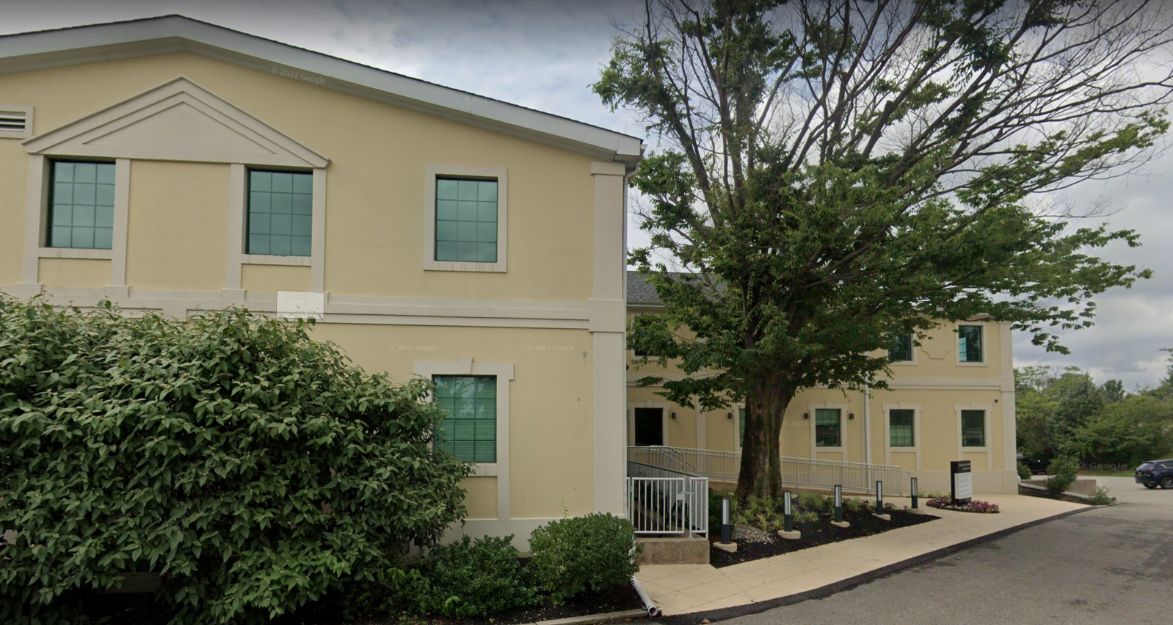Maintaining Skin Health During COVID-19: Tips for Safe Hand Washing
Protecting Your Skin While Hand Washing
 With the current pandemic, we’ve all been encouraged to wash our hands more frequently using soap and water, and for at least 20 seconds. While this is great for clearing viruses and bacteria, it can be brutal on our skin. Thorough hand washing may lead to cracked, red, itchy, and painful skin. Listed below are tips for keeping your skin soft, comfortable, and virus-free.
With the current pandemic, we’ve all been encouraged to wash our hands more frequently using soap and water, and for at least 20 seconds. While this is great for clearing viruses and bacteria, it can be brutal on our skin. Thorough hand washing may lead to cracked, red, itchy, and painful skin. Listed below are tips for keeping your skin soft, comfortable, and virus-free.
Why can frequent hand washing be so hard on the skin?
The outer layer of the skin is designed to both keep irritants out and moisture in. It is composed of “bricks” of skin cells (keratinocytes) held together by “mortar” of fats and oils. Soaps do not discriminate between the natural (and protective) skin oils, and the harmful germs and debris. Frequent hand washing tends to break down the “mortar” barrier between the skin cells. When the skin barrier breaks down, small cracks develop which give bacteria and irritant chemicals a way into the body. Also, the cracks allow moisture to escape—leading to dry, itchy, and painful skin. Hot water and soaps with fragrances make hand washing even more damaging to the skin.
How can I safely wash my hands without hurting my skin?
Use warm water with fragrance-free mild soap for at least 20 seconds. Immediately after washing your hands, pat your hands dry and apply a moisturizer. Patting your hands dry—rather than rubbing—minimizes the trauma to your skin and leaves some of the water on your skin. Think of using the moisturizer to trap the water in your skin.
What is the best moisturizer to use to protect my hands?
In general, the thicker and more occlusive the moisturizer, the more effective it will be at keeping moisture in your skin. Ointments are more effective than creams, and creams work better than lotions. Some effective ingredients you may find in moisturizers include: petrolatum, mineral oil, paraffin, dimethicone, glycerin, ceramides, and cyclomethicone. Even products you’re likely to already have at home also make effective moisturizers. Consider applying vaseline (petrolatum), shea butter, or vegetable shortening. The bottom line best moisturizer, however, is the one you’ll use every time after washing your hands.
QualDerm's online store offers a wide-variety of medical-grade moisturizers.
Are there other steps I can do to protect repair my skin?
While you sleep is a great opportunity to repair your skin. Since you won’t be washing your hands for several hours, apply a thicker moisturizer at bedtime and then cover your hands with cotton gloves. This will help trap the moisturizer and make it even more effective. Some individuals find that using a humidifier at night time is also helpful. Whenever cleaning, always wear protective gloves. Household cleaning products are powerful skin irritants.
When Should I See A Dermatologist?
If your skin becomes painful, starts to bleed, turns extremely red or discolored, or develops draining cuts, these are good reasons to contact your doctor.
Many dermatologists offer telehealth consultations so there is no need to even leave your house. Using your phone or your computer, your doctor can often diagnose your condition, provide treatment recommendations, and even prescribe medications. To set up a telehealth visit at Keystone Dermatology partners, call 215 390-1449 or email us at doc@keyderm.com.
Related Blogs

- General Dermatology
- Chronic Skin Conditions
Learn more about the effects Covid-19 can have on your skin. Know what kind of rashes to look out for.
Read More
- General Dermatology
If you have an upcoming telehealth appointment, follow these tips to ensure a successful visit.
Read More
- Skin Cancer
- General Dermatology
- Skin Exams
Navigating the landscape of Total Body Skin Exams: Uncover the comprehensive process, understand why it matters for skin health, and gain insights into what to expect during these essential dermatological examinations.
Read More


